Top 10 Possible Future Applications of CRISPR
CRISPR-Cas9 is a gene editing technique generated from a naturally occurring set of DNA sequences in bacteria. While still in its infancy, the technology has ... read more...garnered considerable attention in recent years due to its accuracy and versatility, as well as its inexpensive cost. For a few hundred dollars, you can even purchase your own CRISPR-Cas9 kit and use it to edit DNA in any way you like. From pest-resistant crops to designer babies to permanently healing diseases like cancer, one can only fathom what may be done with such technology, especially in the hands of knowledgeable researchers. Explore the list of top 10 possible future applications of CRISPR.
-
From microscopic organisms through bugs, plants, fish, and humans, DNA is the blueprint for all life. Researchers can now change that blueprint to help control environmental hazards and fight diseases. CRISPR has enabled independent researchers to play with the basic elements of life for the first time, generating many ethical and moral challenges along the way. Once this technology is truly unleashed, it will surely be utilized to achieve the unthinkable: change the human genome itself.
Scientists may be able to control a wide range of human genetic expressions with CRISPR during their lifetimes, including resistance to certain diseases, facial traits, athleticism, intelligence, and really any other feature they assume to be natural. It's truly an issue of ethics at this point, because the technology is largely in place. A few experiments, particularly in China, have demonstrated the viability of CRISPR-aided human genome changes, and the findings have been promising.

neurofantastic.com 
scitechdaily.com -
Bringing animals back from the dead isn't always as amazing as it sounds, as the Jurassic Park franchise demonstrates, but it has its purposes. If it is possible, the theory might allow us to study – and possibly even repopulate the earth with – long-extinct animals, and it could also pave the way for further research into the higher arts of human resurrection.
Many teams are working on it, but none have been successful in resurrecting a dead species. The availability of the whole genome of the stated species, which is essential for any type of CRISPR editing, is a huge issue. George Church, an American geneticist, is certain that his team will be able to resuscitate the woolly mammoth by 2027 since they are now discovering all of the features that distinguish mammoth species from elephants, which will then be utilized to recreate it on the DNA level. Scientists have so far mapped the genomes of approximately 20 ancient species, including a cave bear and a passenger pigeon. However, no one has succeeded successfully recreating an extinct genome in a living relative.
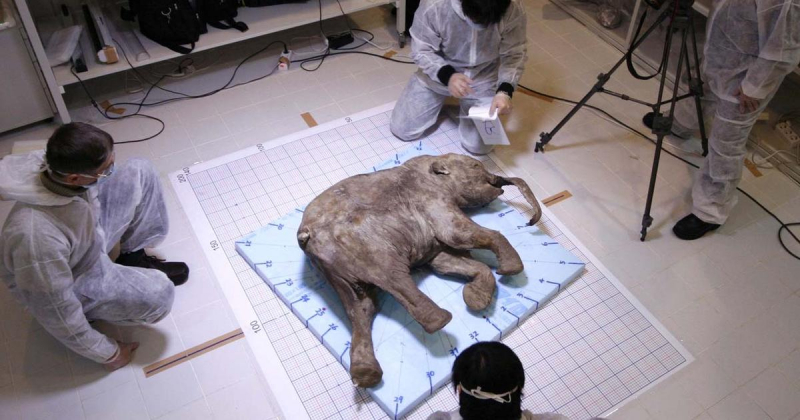
cbsnews.com 
smithsonianmag.com -
Antibiotic resistance is a significant issue for healthcare practitioners. Pathogens are becoming increasingly resistant to recognized treatments due to the emergence of practically every type of antibiotic possible, as antibiotics transform them into super variants of daily ailments. According to a Lancet analysis, antibiotic-resistant infections may have killed more than 5 million people globally in 2019, making it one of the main causes of death in general.
While there are no easy fixes for the multifaceted, expanding problem of antibiotic-resistant microorganisms, CRISPR may offer some long-term solutions. For example, a Canadian team of scientists recently turned off antibiotic-resistant genes inside specific types of bacteria during one of their tests, but on mice rather than human participants. Other efforts in this regard use bacteriophages, which are viruses that infect bacteria and can be edited using CRISPR to attack antibiotic-resistant sections of hazardous pathogens and render them harmless. If antibiotics and antifungals lose their effectiveness, then they lose the ability to treat infections and control these public health threats.
Key facts
- Antibiotic resistance is one of the biggest threats to global health, food security, and development today.
- Antibiotic resistance can affect anyone, of any age, in any country.
- Antibiotic resistance occurs naturally, but misuse of antibiotics in humans and animals is accelerating the process.
- A growing number of infections – such as pneumonia, tuberculosis, gonorrhoea, and salmonellosis – are becoming
- harder to treat as the antibiotics used to treat them become less effective.
- Antibiotic resistance leads to longer hospital stays, higher medical costs and increased mortality.
Website: https://www.who.int/news-room/fact-sheets/detail/antibiotic-resistance
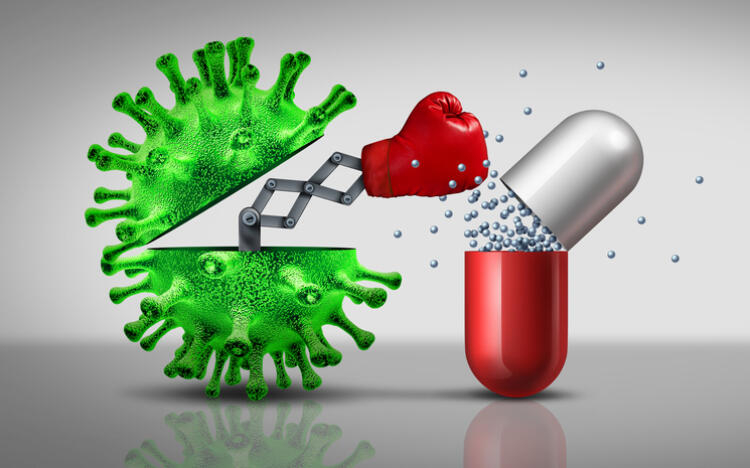
nps.org.au 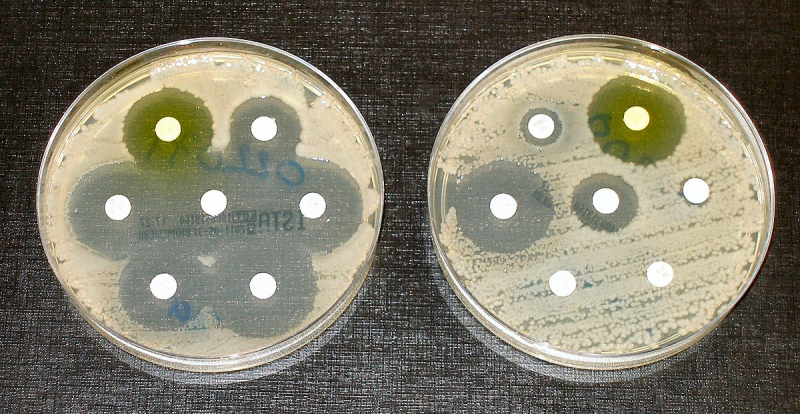
en.wikipedia.org -
Cure HIV/AIDS ranks 4th in the list of possible future applications of CRISPR. With an estimated total mortality count of almost 40 million to date, the HIV epidemic is easily one of the longest-running disease epidemics of all time. The pathogen, a retrovirus, has thus far proven resistant to all treatments. They don't even know how the HIV virus works, let alone the technique it employs to infect and spread among human cells.
It appears to be an incurable condition, while CRISPR offers one possibility for eradication. The method was utilized by a team of researchers from Northwestern University in Illinois to identify the genes related with HIV infection, which could someday be blocked to permanently minimize the virus's worst symptoms. The Crispr infusion comprises gene-editing agents that specifically target two areas of the HIV genome that are critical for viral replication. Because the virus can only multiply if it is completely intact, Crispr disturbs the process by removing sections of the genome. The goal is to one day eradicate the condition, which still affects more than 1.5 million people worldwide.
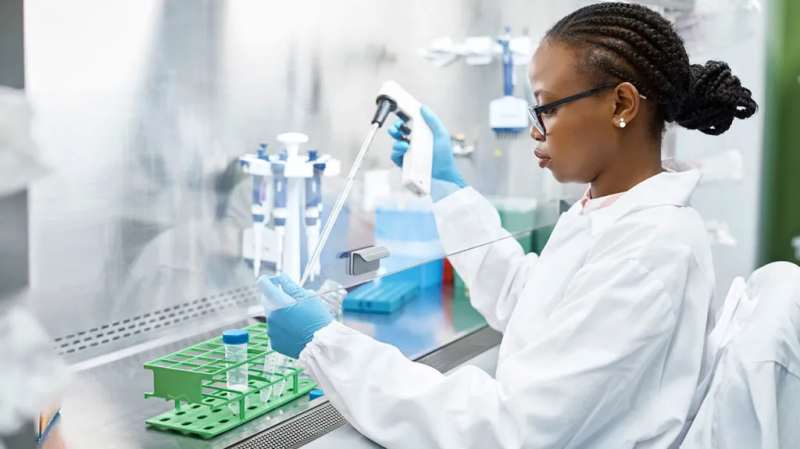
the1a.org 
medicalnewstoday.com -
According to the CDC, around 50 million people in the United States alone suffer from chronic pain, which often worsens with age. Surprisingly, contemporary medicine provides few reliable remedies for it, despite the fact that it is a substantial, everyday problem for individuals who suffer from it.
CRISPR offers a long-term solution because it can be used to change the genetic structure of the damaged area and permanently lessen discomfort. A group of researchers at the University of Utah developed a method to turn specific genes on or off, which they used to inhibit the inflammation mechanism that causes chronic pain in cases of disk strain. The technique is still in its early stages, and there are many regulatory hurdles to overcome before it can be widely used to treat debilitating conditions that cause long-term chronic pain. However, the researchers are confident that it won't be more than 10 - 15 years before it's widely used to treat debilitating conditions that cause long-term chronic pain
Website: https://scienceofhiv.org/wp/cure/
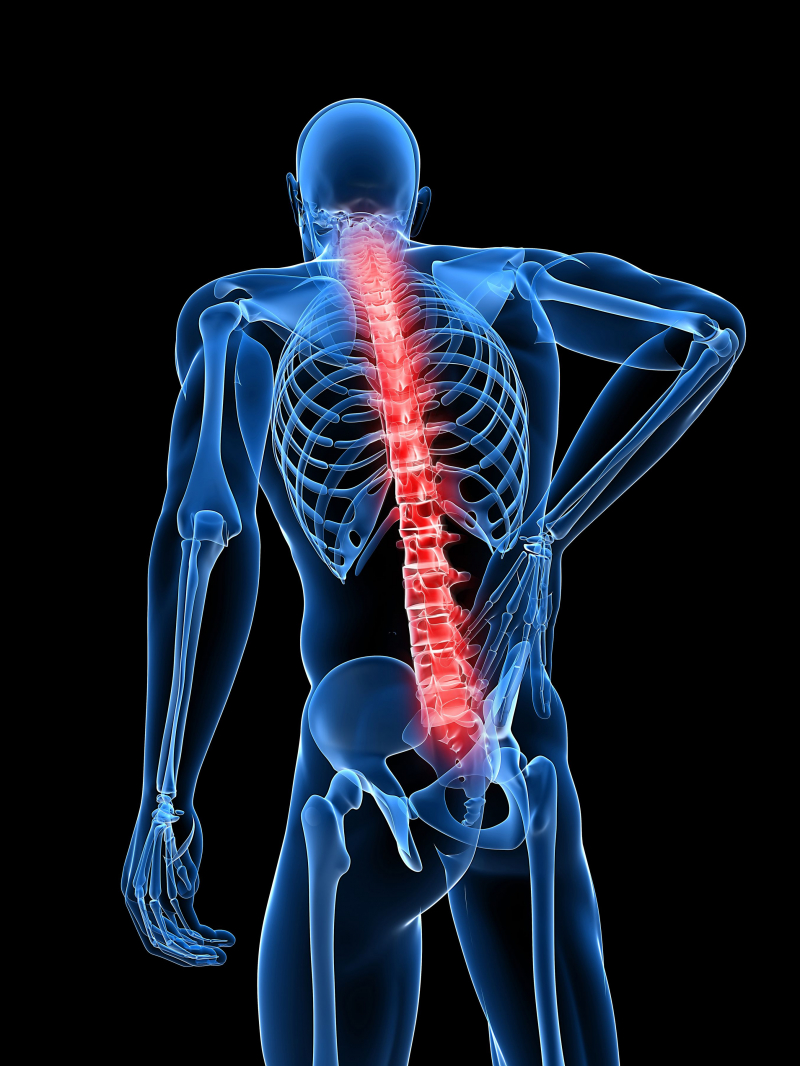
sensorynexus.com 
hopkinsmedicine.org -
DETECTR, like CAMERA, employs CRISPR technology to create a totally new application. DETECTR, which is designed to detect any type of genetic information sent into it, could soon prove to be a groundbreaking tool for early identification of serious diseases. DETECTR was used in one experiment to detect the HPV virus, a recognized cause of cervical cancer, among other sorts of viral strains, and it showed to be highly effective. The similar technology could be improved to detect early indicators of diseases such as Alzheimer's or cancer.
DETECTR has also been used successfully to build an accurate approach for detecting Covid, which may be useful in future epidemics. They verified their method with fabricated reference samples and clinical samples from patients in the United States, including 36 with COVID-19 infection and 42 with other viral respiratory diseases. With 95% positive predictive agreement and 100% negative predictive agreement, their CRISPR-based DETECTR assay outperforms the US Centers for Disease Control and Prevention SARS-CoV-2 real-time RT-PCR assay.
Website: https://mammoth.bio/diagnostics/
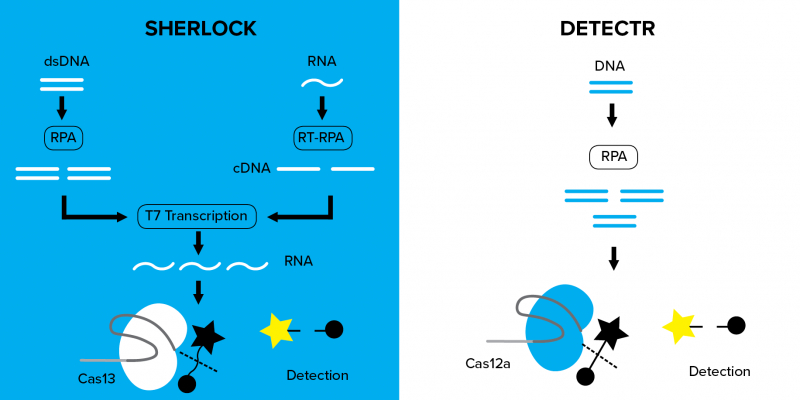
researchgate.net 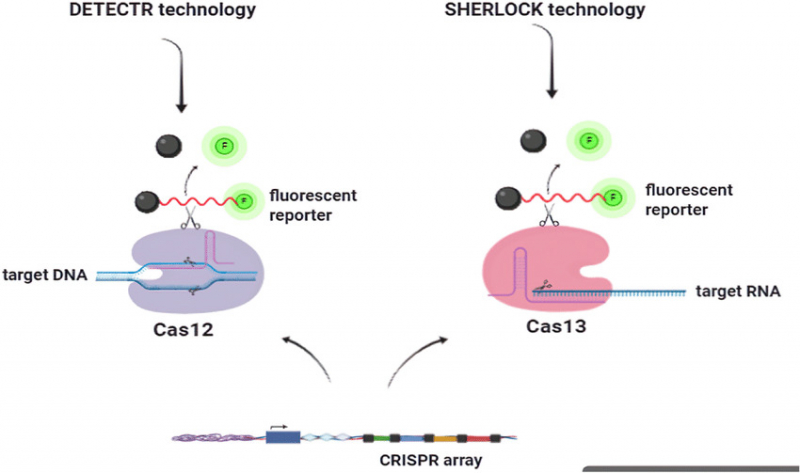
blog.addgene.org -
CAMERA1 ranks 7th in the list of possible future applications of CRISPR. It is a new technology developed by a team of Harvard and MIT scientists. It converts cells into a kind of black box recorder that can record changes at the DNA level, which can subsequently be used to follow the origins of a variety of genetic traits using the CRISPR sequence. The technique, which is already in use in wheat, zebrafish, and mice, aids in the treatment of genetic illnesses, the cultivation of climate-resilient crops, and the development of designer materials, meals, and medications.
Because CAMERA1 is maybe the first technology that provides a real-time window into the whole life cycle of a cell, recording these differences in real time could one day help us to comprehend the core causes of long-term disorders like cancer. The possibilities are boundless, though CAMERA1 is still in its early phases, as are all other CRISPR approaches. It, like CRISPR, might be employed as a foundation for future applications.
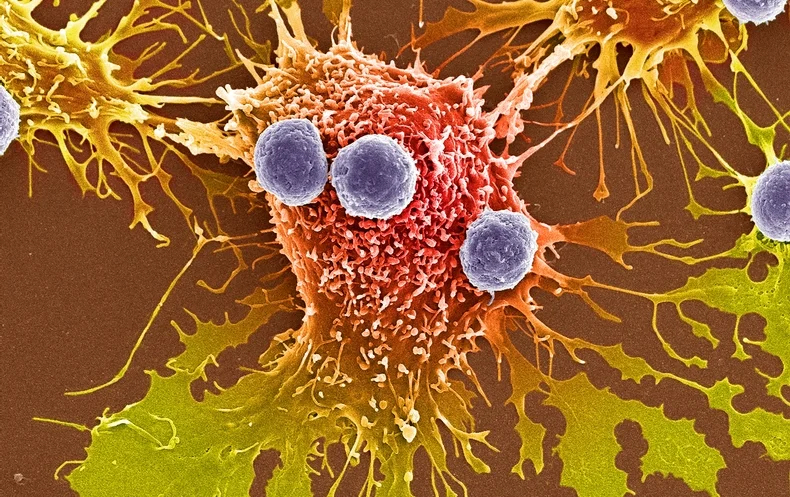
science.org 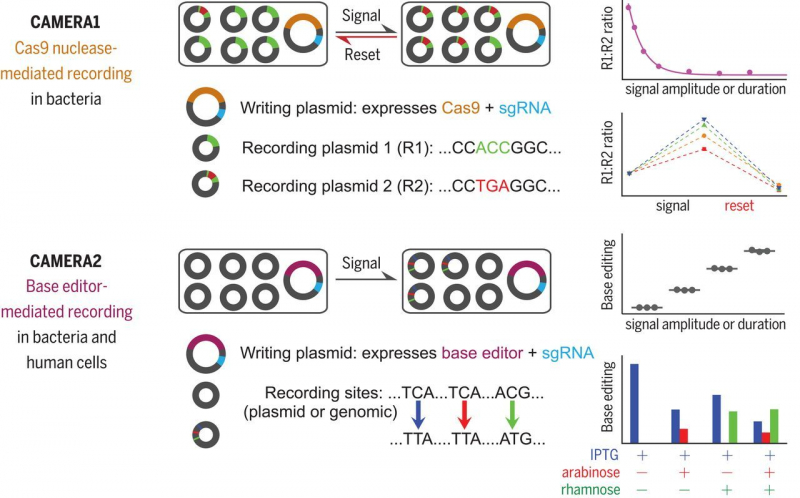
science.org -
Finding clean, sustainable energy sources will be a huge challenge in the future, if it isn't already. Biofuels are a possible alternative because they occur naturally and have a low environmental impact. However, mass production of them is problematic, especially at the scales of production they're discussing.
CRISPR/Cas9 (clustered regularly interspaced short palindromic repeat) is a bacterial molecular immune system that has emerged as a revolutionary method for targeted genomic engineering. CRISPR offers a potential solution by allowing researchers to devise new methods of changing the genome of natural biofuels. It's a burgeoning field of study, with numerous teams investigating various methods of incorporating the CRISPR technique into the biofuel production process.
This genetic machinery appears to be a game-changing discovery for engineering microbial genomes for desirable features such as biofuel tolerance, inhibitor tolerance, and thermotolerance, as well as manipulating cellulases and hemicellulose enzymes. Early tests with some biofuels, such as microalgae, were successful, with researchers able to modify the DNA of a few known microalgae species using CRISPR-Cas9 editing.

geneticliteracyproject.org 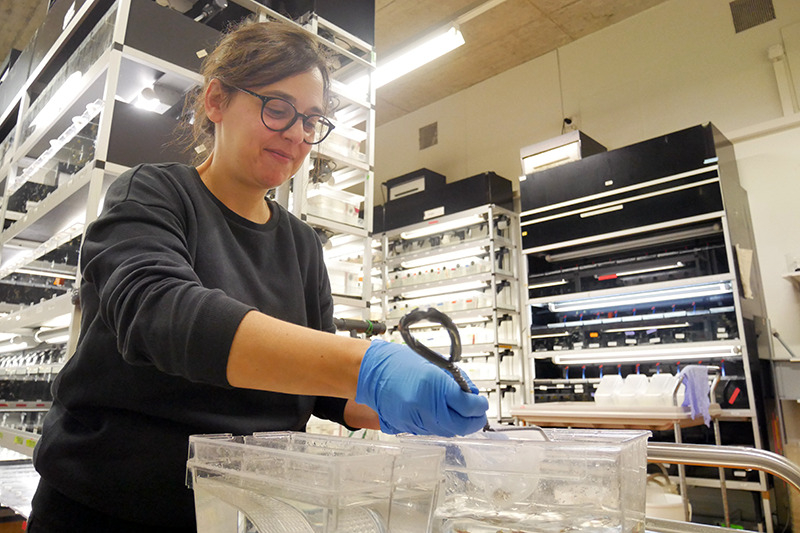
synthego.com -
Malaria is one of the world's deadliest ongoing insect-borne diseases, killing hundreds of thousands of people each year, primarily in Africa's high-risk tropical and subtropical regions. CRISPR is one of several lasting answers to the problem since it can be used to create something called a gene drive, which can then edit the whole mosquito gene pool to eliminate the disease entirely.
Obviously, it's not as simple as it sounds, though first results have been promising. In a recent study, researchers from multiple universities in the United Kingdom and Italy performed a similar experiment on a population of Anopheles gambiae, the mosquito species responsible for the greatest number of illnesses in Sub-Saharan Africa. The CRISPR change resulted in the eradication of the target group within a year, demonstrating that it was possible. While it's still a long way from eradicating the disease entirely, as doing so would necessitate reproducing the experiment on a much bigger scale, it's a step in the right direction.
Website: https://www.who.int/news/item/23-08-2019-malaria-eradication
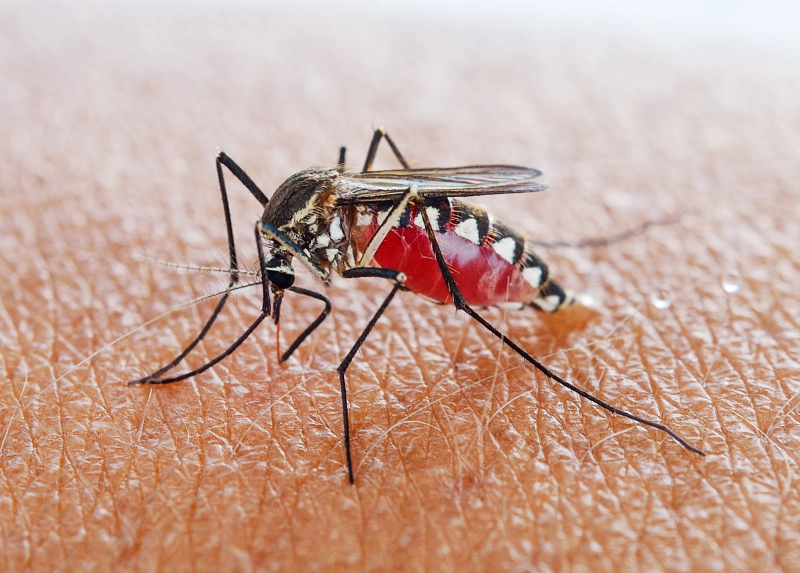
timesofindia.indiatimes.com 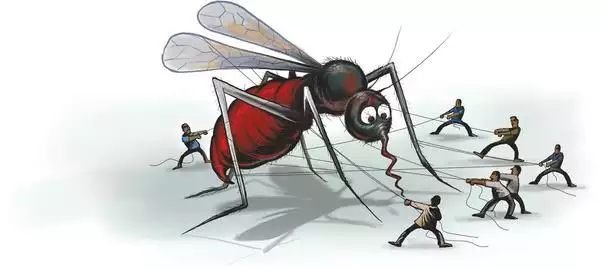
wired.com -
Improving the yields and nutritional benefits of existing food crops is a key future problem due to variables such as climate change and an ever-growing human population. While CRISPR isn't the only approach targeted at solving problem, it's one of the most promising, as it gives tiny and independent producers around the world access to gene editing.
While it will be some time before you see totally new fruits and vegetables created by CRISPR in your local grocery, it is not too far in the future. Various CRISPR-modified fruits and vegetables are currently available in some parts of the world, with many more experimental kinds on the way.
There are still some ethical concerns about what should and should not be modified, particularly when it comes to more complicated food sources like animals. To address them, countries all around the world are developing various regulations to monitor gene editing for food, which should make it safer and more reliable for mass production and consumption.
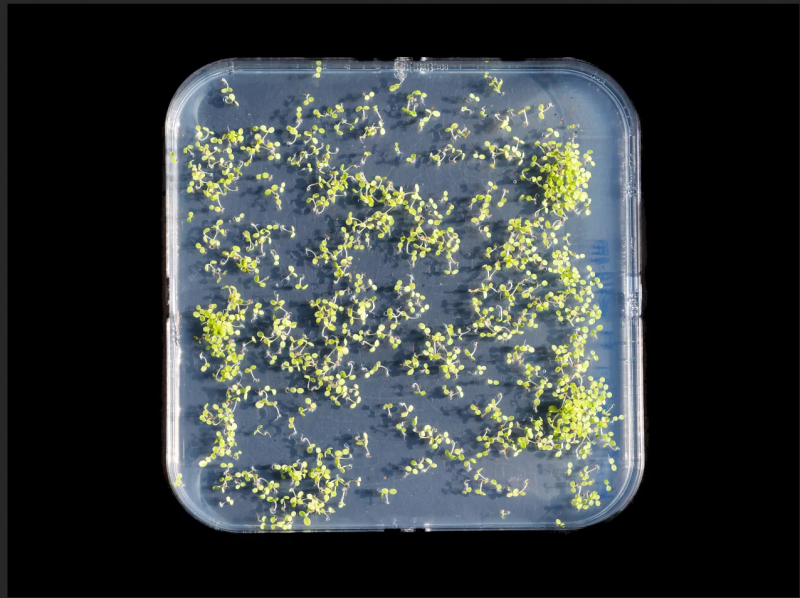
sciencedirect.com 
sciencedirect.com































